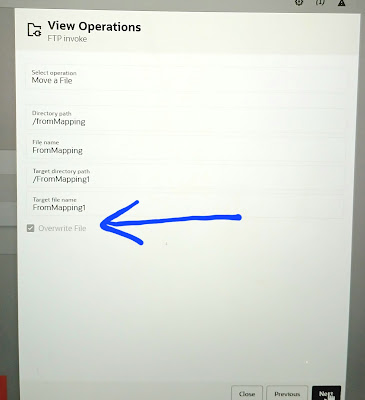- The SQL WITH clause is used to provide a sub-query block which can be referenced in several places within the main SQL query.
- The usage of WITH clause is very similar to creating tables. When you create a table, you give it a name. Similarly, when you use the WITH caluse, you also give it a name and this name essentially acts like a table name in the main SQL statement.
- WITH clasue dose not create a table or view, the object associated with the WITH statement disappears after the main SQL statement is executed, and there is nothing to clean up.
Syntax for single sub-query alias:
WITH <alias_name> AS (sql_sub-query_statement)
Sysntax for multiple sub query :
WITH <alias_name_1> AS (sql_sub-query_statement_1), <alias_name_2> AS (sql_sub-query_statement_2),.....
Example:
Suppose we want to list all the stores that have more sales than the average.
With t1 as
(Select avg(sales) avg_sales from store_sales)
Select a1.* from store_sales a1, t1
Where a1.sales > t1.avg_sales;
Input:
Store name sales
A 15000
B 2500
C 3000
D 7000
Output:
Store_Name Sales
A 15000
D 7000






























































